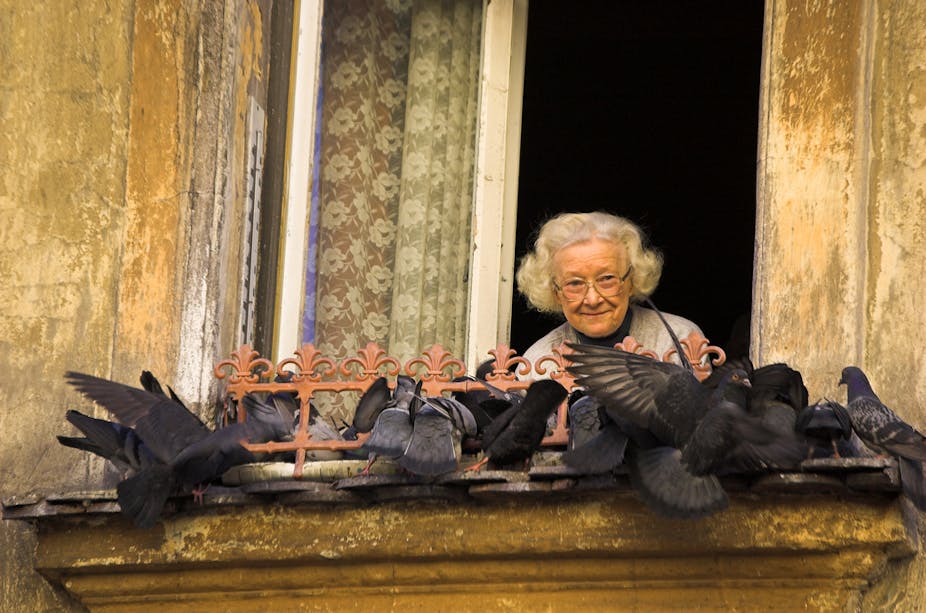AUSTRALIA BY NUMBERS: Today, the Australian Bureau of Statistics has released the first batch of its 2011 census data. We’ve asked some of the country’s top demographers and statisticians to crunch the numbers on Australia’s population: how we live, where we work, who our families are and how we spend our time.
Today, a team from ANU’s Australian Demographic and Social Research Institute examines why more and more Australians are living alone.
Census data released today show there were 9,117,033 households in Australia on Census night. The average number of people living in a household was unchanged from the last Census in 2006, at 2.6 persons per household.
Over the past century, Australia has seen a dramatic decline in the number of people living together.
In 1911, the average number of people living in private dwellings was 4.5, dropping to 3.5 by 1966, and 2.7 in 1991. In the 20 years since 1991, there has been little change in household size, halting the previous downward trend.
The decline in average number of people living together, which was evident over the early- to mid-19th Century, has been attributed to change in two main factors: family size and population ageing.
Family size has decreased. The reasons for smaller family sizes include couples having fewer children and having them later in life, as well as relationship breakdown.
Also contributing to smaller household size is the effect of population ageing. As a population ages, more elderly people, particularly women, may live alone after the death of a partner.
Most Australians live in a household with their family. In 2011, around 16.8 million Australians lived in a family household. This represents 7 out of 10 households. Of these family households, most have children present.
Around 37% had no children. 45% of family households were couple families with children, and 16% were a one-parent family.
While most people lived in a family or lone-person household, a small proportion lived in group households. About 4% of households were group households, a figure which has hardly changed in the last 25 years.
There has been a substantial increase in lone-person households in the last 50 years. The Australian Bureau of Statistics estimates that in 1961 around 11% of Australian households had just one resident. In 2011, lone-person households had increased to 24% of households.
This means that 1.9 million or 1 in 10 Australians lived alone.
So who lives alone? Living alone is more common for older people, and particularly for women. Of women aged 65 years and older, and not living in a care facility, more than one in three live by themselves. This compares to one in five men aged 65 years and over.
Women are more likely to live alone at older ages than men because women typically have a longer life expectancy than men and tend to marry men slightly older than they are, and so are more likely to experience the loss of a partner.
While 24% of households having one resident seems a lot, it is not particularly large by international standards. De Vaus and Richardson found that the percentage of lone-person households was largest in Scandinavian countries. For example, around 46% of households in Sweden have one person living in them. A high rate of lone-person households is also apparent in Western European countries at around 30%.
Living alone is often thought of as a potentially isolating or undesirable living arrangement.
But living alone is not being alone. Reimondos and colleagues recently found that around 25% of single people in Australia were in an intimate and ongoing relationship.
And there is no evidence that countries with large numbers of people living alone have lower levels of life satisfaction. The OECD Better Life Index shows that people in countries with high levels of living alone actually score well on happiness ratings.

